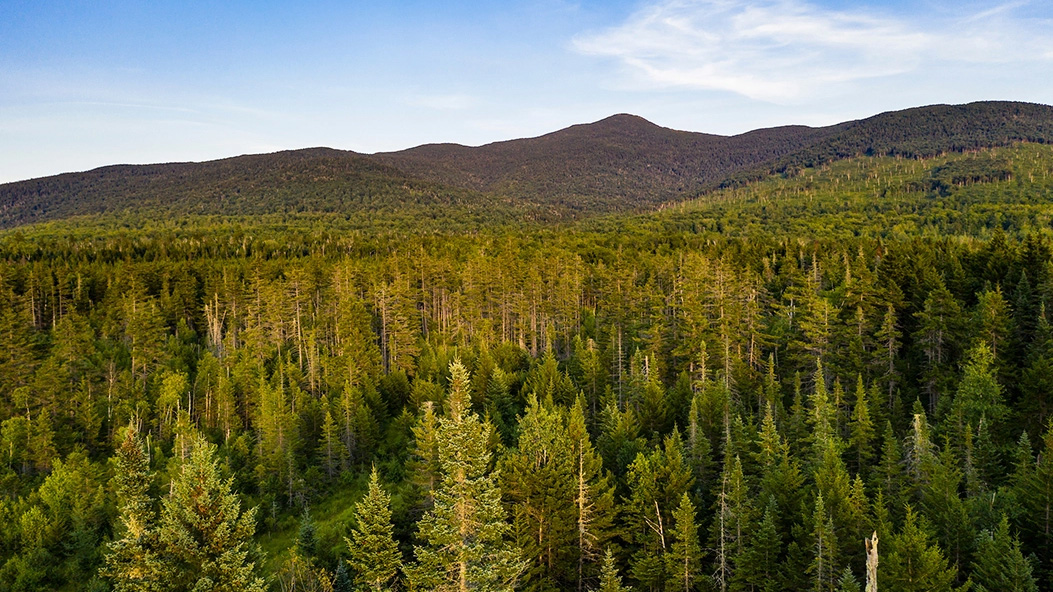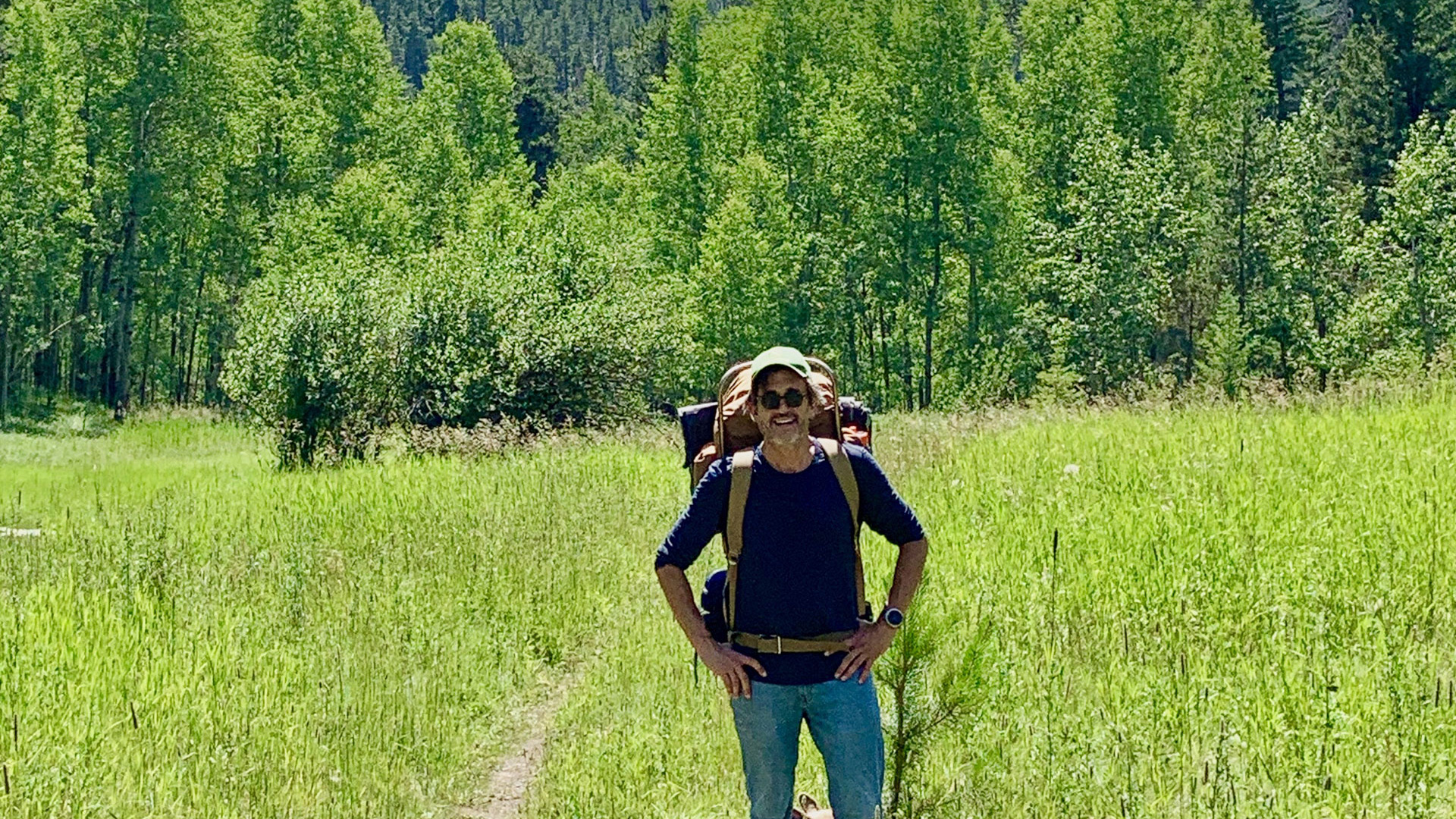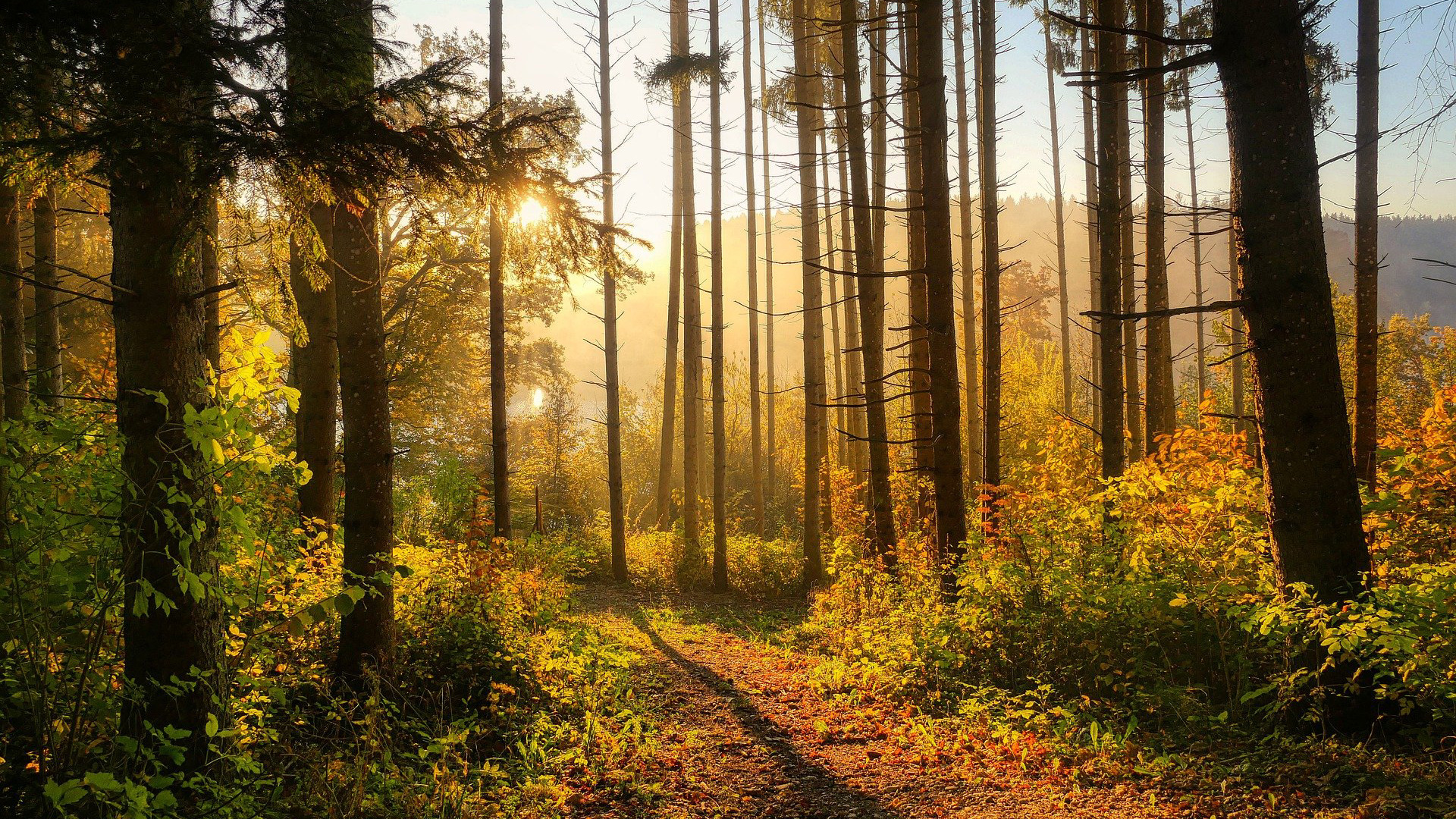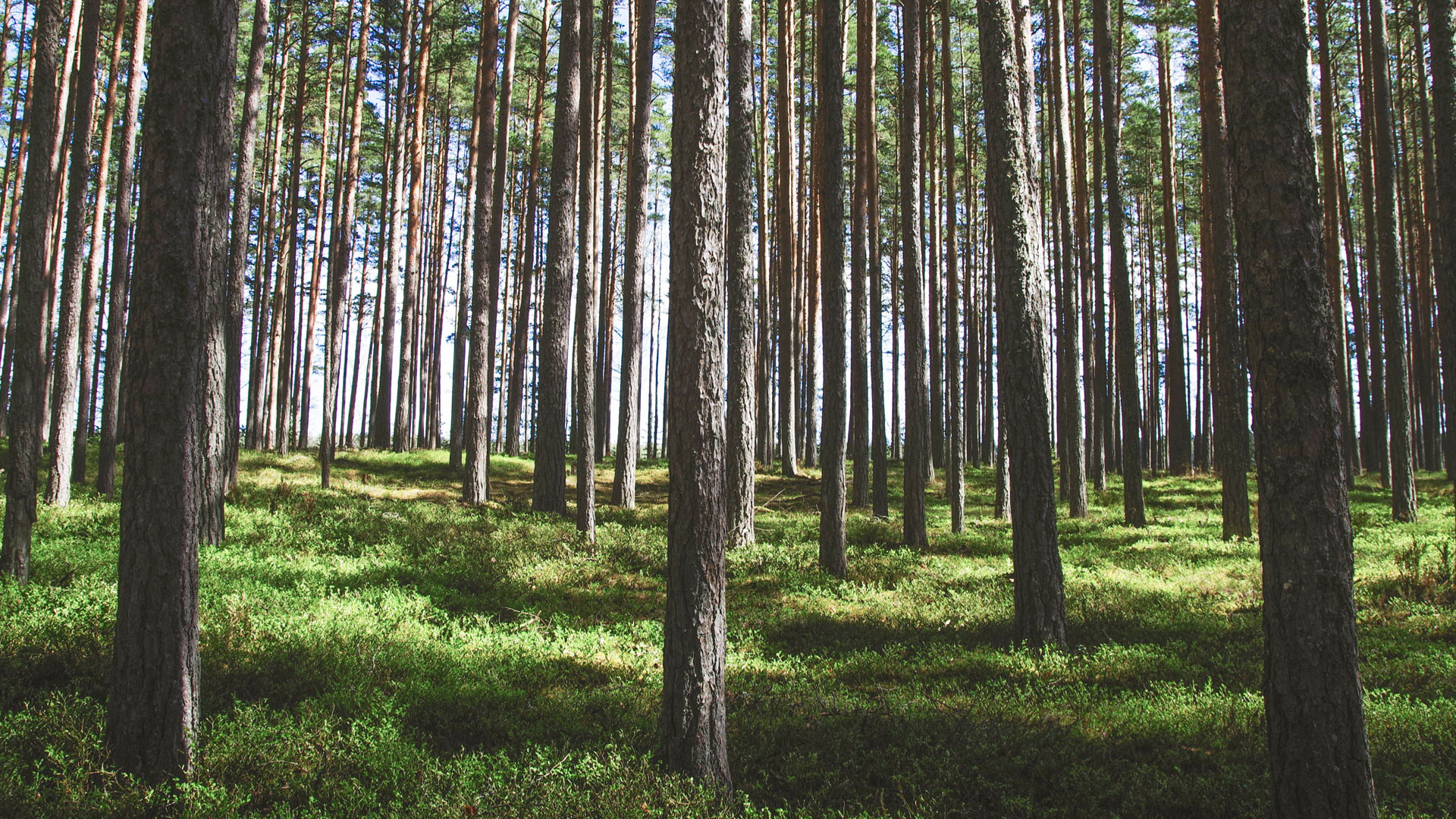“If you are lucky, you will have the opportunity in your life to be owned by a good piece of land.”
– Daniel J. Rice, Author
Who Owns Our Forests and Why Does it Matter?
Public and private forests provide a myriad of benefits to the communities they serve.
When most people think about protecting forests, they think of the U.S. Forest Service and other government agencies. In truth, privately-owned forests make up 56% of the 751 million acres of forests in the United States.
If you look at a map of both public and private forests in the U.S., they form a sort of patchwork quilt covering our country. They provide safe passage between protected and unprotected areas for everything from wildlife to waterways, as well as a myriad of other public and private benefits like carbon sinks that store billions of tons of carbon and protect us from the worst impacts of a warming climate.
Like any quilt, the individual patches can never do on their own what the whole quilt can do.

Public and private forests in the U.S. form a patchwork quilt covering our country
One of the reasons that nature-based climate solutions are so exciting is that fostering healthy ecosystems is something everyday people can be involved in, not just policymakers, government agencies, and big corporations. We launched The Copernicus Project as a way to provide ample opportunities for people to get engaged and create meaningful and measurable impact protecting and restoring nature.

For this section on private forests in our inaugural issue, we spoke to two deep experts, Laurie Wayburn, co-founder and president of the Pacific Forest Trust, and Joan Maloof, founder and CEO of the Old-Growth Forest Network. They not only told us about the crucial role private forests play as part of a national conservation and climate strategy, but they also offered up many suggestions for how you can get more actively engaged in conserving our private forests.
More than anything, the lives of these two dedicated leaders shows what a huge difference a single dedicated climate actionist can make.
To get to know Joan and learn about how old-growth forests are an important piece in the mosaic of forest conservation, read “MISSING THE OLD-GROWTH FORESTS FOR THE TREES”.
To get to know Laurie and learn about how private landowners can be gamechangers in protecting our precious natural resources, read “PUTTING THE FORESTS BACK INTO FORESTRY”.
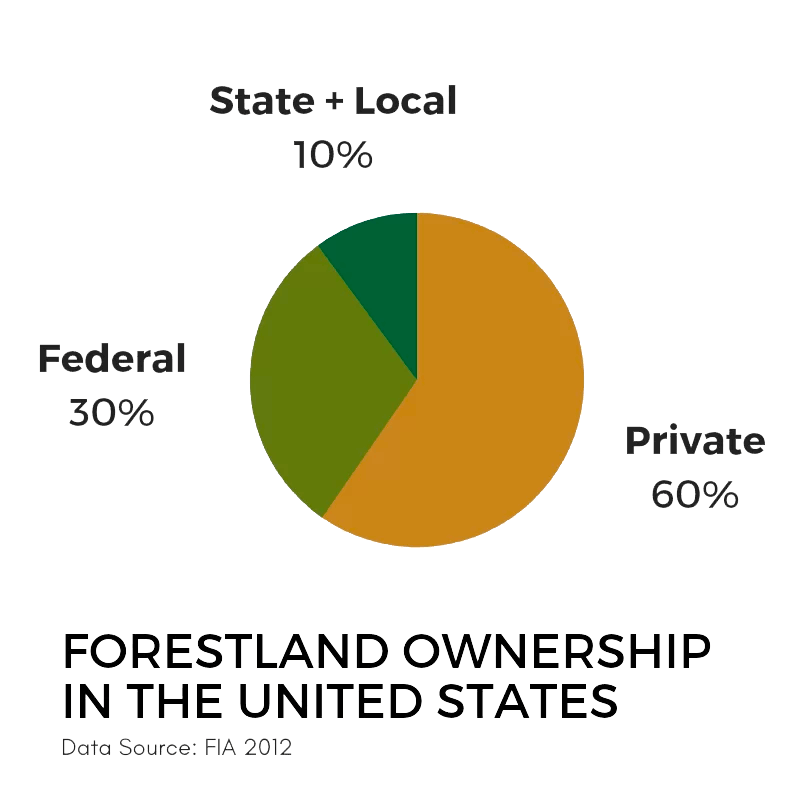
Did you know?
Of the 751 million acres of forestland in the United States, 56% is privately owned, and of this, nearly two-thirds is owned by families and individuals.
SOURCE: U.S. Forest Service

RELATED ARTICLES:
Become a Climate Actionist
#climateactionist
One of the first things you do to start your Climate Actionist journey is connect with, engage with, and even join leading climate organizations. At The Copernicus Project, we are committed to only sharing information and resources from organizations, experts, companies, communities, and people that we have personally researched and trust. The following list is a great place to start. We’ve broken it out by category, so you can hone in on the things you are most interested in.
In the coming weeks and months, we’ll have more ways for all of us to be actively involved in finding and supporting nature-based climate solutions, so stay tuned and sign up below to get notifications when we publish new content.



